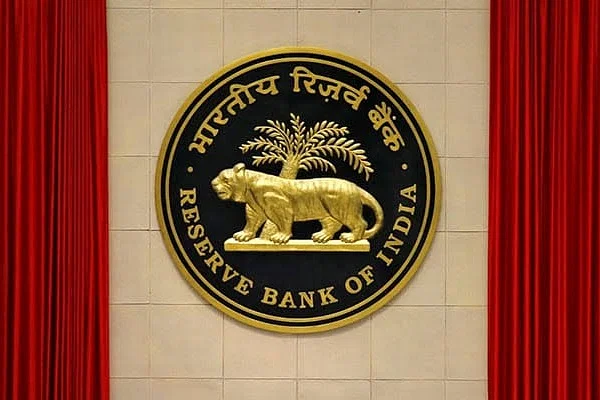In the midst of anticipation surrounding the Reserve Bank of India’s (RBI) interest rate trajectory, the recent policy announcement has generated notable implications for the Indian economy. Despite expectations for potential signals of a post-pause pivot, the RBI’s hawkish policy undertone, coupled with measures to enhance lending transparency and credit inclusion, sets the stage for various economic scenarios.
In its latest move, the RBI maintained its main repo rate at 6.5%, while adopting a hawkish stance focused on the “withdrawal of accommodation.” This decision, while keeping the rate unchanged, underscores the central bank’s vigilant approach towards tackling inflation concerns. The RBI’s focus on maintaining price stability is reflected in its projections, with estimates indicating that India’s retail inflation could average around 6.2% in the current quarter. For the fiscal year 2023-24, inflation is expected to average 5.4%, surpassing the initial target of 5.1% and moving further away from the 4% goal.
To address the evolving economic landscape, the RBI has taken noteworthy steps. One such move involves the implementation of a framework for transparency in the way lenders reset floating payback instalments and tenures. This move is likely to bring relief to loan-bearers, especially home-loan customers of banks. As interest rates began to rise, many borrowers experienced “EMI shock,” with significant increases in monthly dues and extended repayment timelines. The RBI’s intervention in facilitating clear communication, offering foreclosure options, and disclosing various charges aims to create a more borrower-friendly lending environment.
Furthermore, the RBI’s commitment to credit inclusion is evident through its initiative to develop an open technology platform. This platform seeks to expand the reach of digital lending, particularly in underserved areas. Leveraging technology and data, the RBI-backed platform is poised to enhance credit accessibility by enabling lenders to assess the creditworthiness of individuals in remote locations. This move aligns with the RBI’s broader goal of promoting financial inclusivity and ensuring that efficiently priced loans reach a wider spectrum of borrowers.
The RBI’s recent policy decision, along with its emphasis on maintaining price stability, transparency in lending practices, and credit inclusion, carries significant implications for the Indian economy. As the nation navigates economic challenges and opportunities, the central bank’s strategic measures play a pivotal role in maintaining stability, addressing borrowers’ needs, and promoting financial inclusivity.
